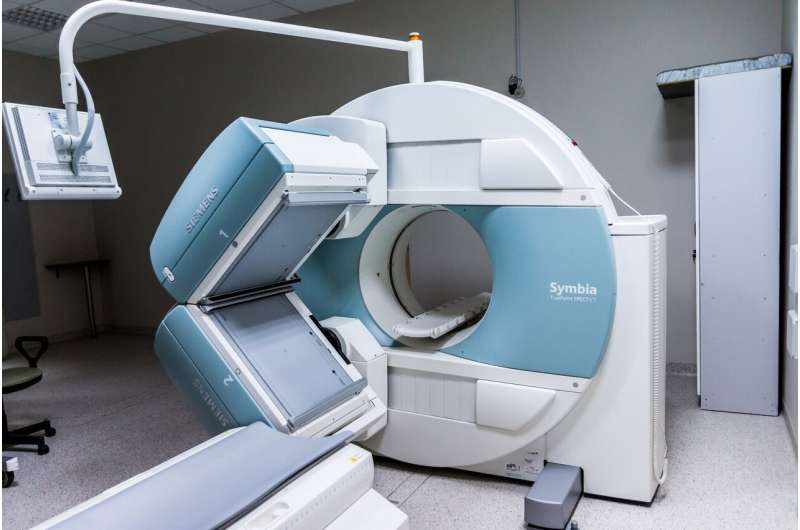Can Smarter Marketing Strategies Promote Better Health Across America?

Innovative digital marketing strategies utilizing salience and summarization principles can enhance risk awareness and informed decision-making in healthcare and beyond. A recent study highlights how smarter website design impacts consumer understanding and trust.
Effective communication of health information is crucial in guiding public choices, especially in the realm of pharmaceutical advertising where billions are spent annually. While some health products can be life-saving when used appropriately, misuse or misrepresentation can pose significant risks. A critical challenge for marketers and health communicators is balancing the presentation of risks and benefits without overwhelming consumers or fostering cognitive dissonance.
In the digital age, pharmaceutical companies increased their online advertising investments dramatically, with promotional expenditures reaching an estimated $30 billion in 2024. Nearly 8% of these budgets are allocated to websites, which serve as key platforms influencing patient decisions. Researchers from George Mason University, including Siddharth Bhattacharya and Nirup Menon, in collaboration with Jennifer Ball from Temple University, have studied how these websites can better present balanced information.
The study focuses on the U.S. FDA’s "fair balance" requirement, which mandates that risks and benefits of drugs be communicated equally. However, implementing this in digital formats is complex due to vague guidelines. The researchers advocate for applying cognitive psychology principles—particularly salience (what grabs attention) and summarization (how information is condensed)—to improve consumer understanding.
Bhattacharya explains that salience involves highlighting critical information that immediately captures attention, while summarization facilitates sustained comprehension of complex data. Their research included a large-scale experiment with 452 participants who viewed different mock-up pharmaceutical websites. Eye-tracking technology assessed what drew their focus, their retention of information, and their intended actions.
Results demonstrated that website designs emphasizing both salience and summarization—especially in a table format—enhanced risk awareness by 13%, improved benefit recall by 9%, and increased follow-up intentions by 23%. Designs focusing solely on salience, such as modal dialog pop-ups, boosted risk recognition and follow-up intentions but at the cost of reducing benefit recall, highlighting a trade-off.
Interestingly, the findings suggest that strict adherence to "fair balance" rules may sometimes be counterproductive. Slight intentional skewing toward emphasizing risks in initial stages can foster better decision-making and trust. The implications extend beyond pharmaceuticals, influencing how industries like financial services, consumer goods, and AI technology present competing information.
Ultimately, the research underscores the importance of smart, evidence-based design in digital health communication. For business leaders and marketers, the message is clear: strategic presentation of information is a potent tool for fostering trust, comprehension, and responsible decision-making.
Source: https://medicalxpress.com/news/2025-09-smarter-america-healthy.html
Stay Updated with Mia's Feed
Get the latest health & wellness insights delivered straight to your inbox.
Related Articles
Study Shows Medical Imaging Radiation May Contribute to 10% of Pediatric Blood Cancers
A groundbreaking study links radiation from medical imaging to 10% of pediatric blood cancers, emphasizing the need for safer imaging practices to protect children's long-term health.
EU Approves Controversial Alzheimer's Medication Kisunla
The European Union has approved Kisunla, a new Alzheimer's medication, under strict conditions amid ongoing debates over its effectiveness and safety. Stay informed on the latest developments in Alzheimer's treatment.
How Stem Cell Models Are Uncovering the Impact of Epilepsy Genes on Brain Regions
New stem cell research uncovers how epilepsy-related gene variants disrupt specific brain regions, offering hope for targeted treatments and better understanding of cognitive symptoms associated with epilepsy.
Innovative Nanoparticle Vaccine Shows Promise Against Multiple Cancers in Mice
A novel nanoparticle vaccine developed by researchers at UMass Amherst shows remarkable promise in preventing multiple cancers and stopping metastasis in mice, highlighting a versatile platform for future cancer immunotherapies.



